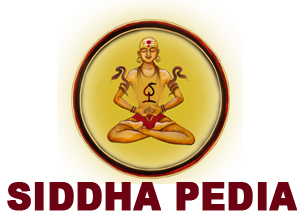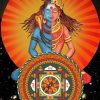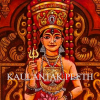Deva Mahayoga
‘Siddha Deva Mahayoga’ is a part of the Granth ‘Deva Samadhi Tantra’ written by Mahasiddha Gana Chakra Nath (महासिद्ध गण चक्र नाथ ). It is the wisdom system within ‘Deva Parampara’ Tradition of Himalayan Siddhas to invoke the ‘Deva Kala’ and to become one with the Mahasiddha/ Guru/ Devi-Devata. ‘Deva Mahayoga’ involves the Dhyan (meditation), Mantra, rituals, prayers, Karmakand,… read more »










